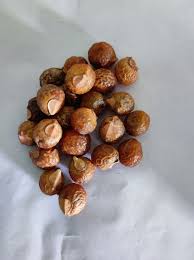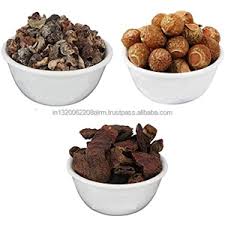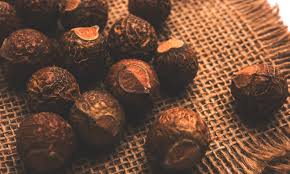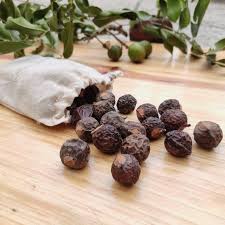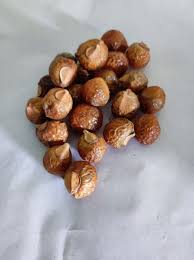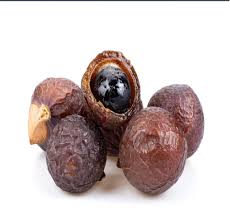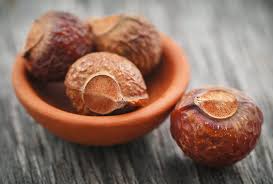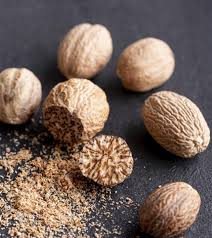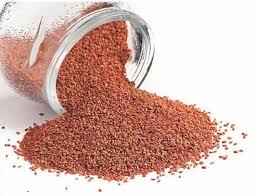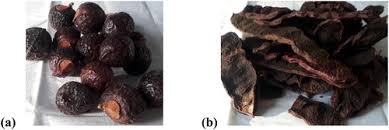
Aritha Soap for Post-Sun Exposure Care
Aritha, also known as Reetha or Soapnut, has held a prominent place in the traditional and cultural practices of India for centuries. Derived from the Sapindus mukorossi tree, Aritha is not just an herb—it’s a symbol of sustainable living, Ayurvedic wellness, and ancestral knowledge. From natural hair cleansers to spiritual rituals and eco-friendly detergents, Aritha has influenced lifestyles across generations and civilizations.
In this comprehensive article by Dirghaanshi, we will explore the historical journey of Aritha, its Ayurvedic relevance, and its cultural value in Indian traditions. Learn how this humble fruit transitioned from forests to temples, kitchens, and Ayurvedic apothecaries—and why it still holds great value in the era of modern wellness.
Long Description
🌿 What is Aritha (Reetha or Soapnut)?
Aritha is the dried fruit of the Sapindus mukorossi tree, found widely in the Himalayan foothills and tropical regions of India. It is best known for containing natural saponins, which act as foaming agents—making Aritha an ancient herbal alternative to modern soaps and shampoos.
In Sanskrit, Aritha is referred to as “Phenila”, meaning foam-producing. This reflects its earliest known use as a cleanser—not just for the body, but also for fabrics, jewelry, and sacred idols.
📜 Historical Origins of Aritha
🏺 Aritha in Ancient Ayurveda
Aritha’s earliest documentation is found in classical Ayurvedic texts such as:
Charaka Samhita – Described for its Shodhana (cleansing) properties
Sushruta Samhita – Used in treating skin disorders, wounds, and even as part of surgical preparations
Bhavaprakasha Nighantu – Mentions Aritha in the Kshudra Phala (minor fruit) category, emphasizing its cleansing, insecticidal, and detoxifying abilities
Its dosha impact in Ayurveda:
Rasa (Taste): Tikta (bitter), Kashaya (astringent)
Virya (Potency): Ushna (heating)
Guna (Qualities): Laghu (light), Ruksha (dry)
Effect on Doshas: Reduces Kapha and Vata, may aggravate Pitta if overused
🕉️ Aritha in Vedic and Spiritual Traditions
In Indian spiritual practices, Aritha was more than a cleanser—it was ritually sacred:
Used to wash idols of deities in temples due to its purity
Added to Panchamrit (sacred washing water) during festivals and pujas
Combined with Shikakai and Amla for preparing sacred bathing mixes in pre-marriage and festival rituals
This reflects a holistic view of Aritha—not only purifying the body but also the aura and spirit.
🧺 Aritha in Traditional Indian Households
Centuries before chemical detergents, Indian households used Aritha for:
Washing hair – Traditionally mixed with Amla and Shikakai
Cleansing wool and silk garments – Especially for expensive sarees and dhotis
Polishing gold, silver, and copper utensils
Bathing newborns – As it is gentle, natural, and antimicrobial
Elder women in Indian families passed down Aritha cleansing recipes to younger generations, turning it into a living heritage.
🌏 Cultural Significance Across Regions
📌 Northern India (Himalayan Belt)
In the hilly regions of Uttarakhand, Himachal Pradesh, and Nepal, Aritha trees are cultivated both for household use and income. Women traditionally collect and dry the fruit, making it a part of the local economy and rituals.
📌 Southern India
In Karnataka, Tamil Nadu, and Kerala, Aritha is used with herbs like Neem and Hibiscus for making Ayurvedic hair oils and ubtans (body scrubs). It is also offered in temple rituals for cleaning brass lamps and idols.
📌 Tribal and Forest Communities
Tribal communities in Madhya Pradesh, Odisha, and Chhattisgarh use Aritha not just as a cleanser, but as medicine for treating:
Skin infections
Lice and dandruff
Wounds and boils
Tooth infections (gargled as decoction)
🧴 Modern Cultural Revival of Aritha
With the eco-conscious movement growing, Aritha has found new relevance as a zero-waste, biodegradable product:
Used in organic shampoos, face washes, and soaps
Included in DIY natural cleaning recipes
Sold as a laundry alternative to commercial detergent pods
Gaining attention in zero-plastic and toxin-free living communities
Dirghaanshi supports this revival by promoting traditional herbs like Aritha for sustainable wellness.
💫 Symbolic and Spiritual Aspects of Aritha
Aritha is associated with clean energy—used to purify homes before major festivals
Washing with Aritha is considered a detox ritual in some regions, especially after attending funerals or visiting sacred places
In folklore, Aritha is believed to ward off evil energies and negativity
In this way, Aritha goes beyond being a botanical cleanser—it becomes a cultural icon of purification and balance.
🔬 Scientific Validation of Traditional Claims
Modern science has confirmed several of Aritha’s traditional uses:
Anti-microbial: Effective against bacteria and fungi (Journal of Herbal Medicine, 2015)
Anti-inflammatory: Reduces swelling and redness on skin
Natural surfactant: Removes dirt and oil without irritation
Sustainable and biodegradable: Breaks down naturally in soil and water
This fusion of ancient wisdom with modern science is what makes Aritha a timeless wellness ingredient.
🪔 Aritha as a Cultural Gift
In rural India, bridal trousseaus once included bundles of Aritha along with turmeric, mehendi, and kajal—signifying a complete beauty and cleansing package.
In many regions, newborn babies are first bathed with Aritha and Haldi water, believed to protect them from skin infections and negative energies.
These traditions show how deeply integrated Aritha is in rites of passage, festivals, and celebrations.
🧼 How You Can Use Aritha Today
Whether for honoring heritage or practical skincare, here are easy ways to use Aritha:
Aritha Shampoo: Boil dried Aritha with Shikakai and Amla, cool and strain. Use as hair cleanser.
Face Cleanser: Mix Aritha powder with rose water. Apply and rinse after 5 mins.
Laundry Cleaner: Add dried Aritha pods to a cotton bag and place in the washing machine.
Jewelry Polish: Soak ornaments in Aritha decoction and clean with a soft brush.
Spiritual Cleansing: Add to bathwater before festivals or rituals.


